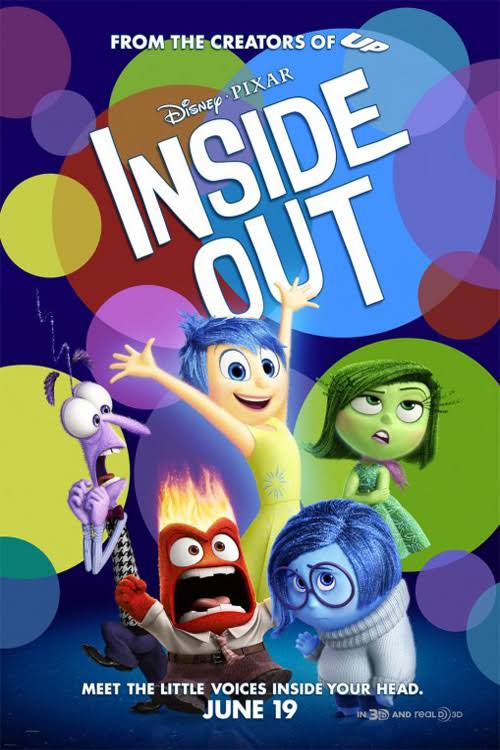
Robert McKee’s WORKS / DOESN’T WORK Film Review:
Inside Out (2015) | Directed by Pete Docter
McKee Says: It Works, But…
Superb use of allegory.
Most effective use of allegory since George Orwell’s ANIMAL FARM. Rather than assigning ideas on the political spectrum animal identities, Pete Docter has given the idea behind each emotion an animated characterization.
Delightful illustration of the contemporary concept of multiple selves.
The concept of a unified or singular self has come on the attack in the wake of recent studies of neuropsychology and I agree with it. In my upcoming book, DIALOGUE: THE ART OF VERBAL ACTION, I will address this notion of multiple selves and internal conflicts based on self vs. selves.
Superb use of Negation of Negation.
PIXAR has always drawn their power and source from the Negation of Negation. In INSIDE OUT, sadness, ironically, becomes the inspiration for happiness. Pete Docter’s wonderful insight shows us how you have to go through sadness in order to find your way back to happiness. Joy would not exist if it were not for sadness and vice versa. Qualities or experiences like that are only meaningful in the relationship to their opposite. One is the source of the other.
Beautiful realization of mental landscape.
The setting for this film is a character’s mind. The great creative problem is how to visualize the mindscape. PIXAR solves this by turning the mindscape into a combination landscape and cityscape with compartments, depths and cul-de-sacs. I particularly liked the notion of islands as core elements of memory that can be lost, fade and forgotten.
BUT…
The risk of allegory is the emotional distance it can create with the audience. Even though the interactions between emotion characters, emotions being personified and acted out are fun, the degree of empathy created was rather limited. TOY STORY, WALL-E and UP also represented ideas of innocence and evil, but they had a stronger hold on the audience’s heart, whereas INSIDE OUT appealed more to the mind. The effect overall was very satisfying, but it wasn’t quite as moving as it might have been. An idea by its very nature is one-dimensional. A character based on an idea suffers from the same lack of complexity.